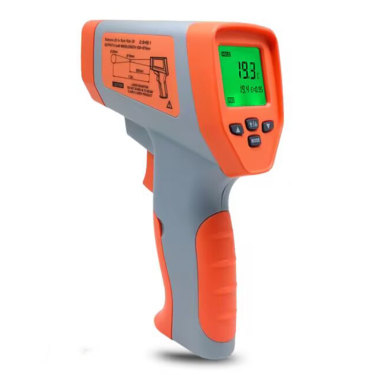
# How to Use a Cooking Thermometer for Perfectly Cooked Meals
## Introduction
Cooking thermometers are essential tools for any home chef who wants to achieve perfectly cooked meals every time. Whether you’re grilling, roasting, or baking, a cooking thermometer ensures your food reaches the ideal internal temperature for both safety and taste. In this guide, we’ll walk you through the basics of using a cooking thermometer effectively.
## Why Use a Cooking Thermometer?
Keyword: cooking thermometer
Using a cooking thermometer offers several benefits:
– Ensures food safety by preventing undercooking
– Helps avoid overcooking, preserving moisture and flavor
– Provides consistent results every time
– Takes the guesswork out of cooking meats
## Types of Cooking Thermometers
There are several types of cooking thermometers available:
### 1. Instant-Read Thermometers
These provide quick temperature readings and are ideal for checking doneness at the end of cooking.
### 2. Oven-Safe Thermometers
These remain in the food while it cooks and can be read through the oven window.
### 3. Probe Thermometers
These feature a probe that stays in the food while connected to a digital display outside the oven.
### 4. Infrared Thermometers
These measure surface temperatures without touching the food.
## How to Use a Cooking Thermometer Properly
Follow these steps for accurate temperature readings:
### Step 1: Choose the Right Thermometer
Select a thermometer appropriate for your cooking method and food type.
### Step 2: Insert Correctly
Insert the probe into the thickest part of the food, avoiding bones or fat.
### Step 3: Wait for Stabilization
For digital thermometers, wait until the reading stops changing. For analog thermometers, wait about 15-20 seconds.
### Step 4: Check Multiple Spots
For large cuts of meat, check temperatures in several places to ensure even cooking.
### Step 5: Clean After Use
Always clean your thermometer thoroughly after each use to prevent cross-contamination.
## Recommended Internal Temperatures
Here are some key temperature guidelines:
– Poultry (whole or ground): 165°F (74°C)
– Ground meats: 160°F (71°C)
– Pork, veal, and lamb: 145°F (63°C) with 3-minute rest
– Beef steaks and roasts: 145°F (63°C) for medium-rare
– Fish: 145°F (63°C) or until flesh is opaque
## Tips for Best Results
– Calibrate your thermometer regularly
– Don’t let the probe touch the cooking pan or tray
– For thin foods, insert the probe at an angle
– Let meat rest after cooking before checking final temperature
– Store your thermometer properly to maintain accuracy
## Conclusion
A cooking thermometer is one of the most valuable tools in your kitchen arsenal. By using it properly, you can ensure your meals are not only safe to eat but also cooked to perfection every time. Invest in a quality thermometer and follow these guidelines to elevate your cooking to professional standards.